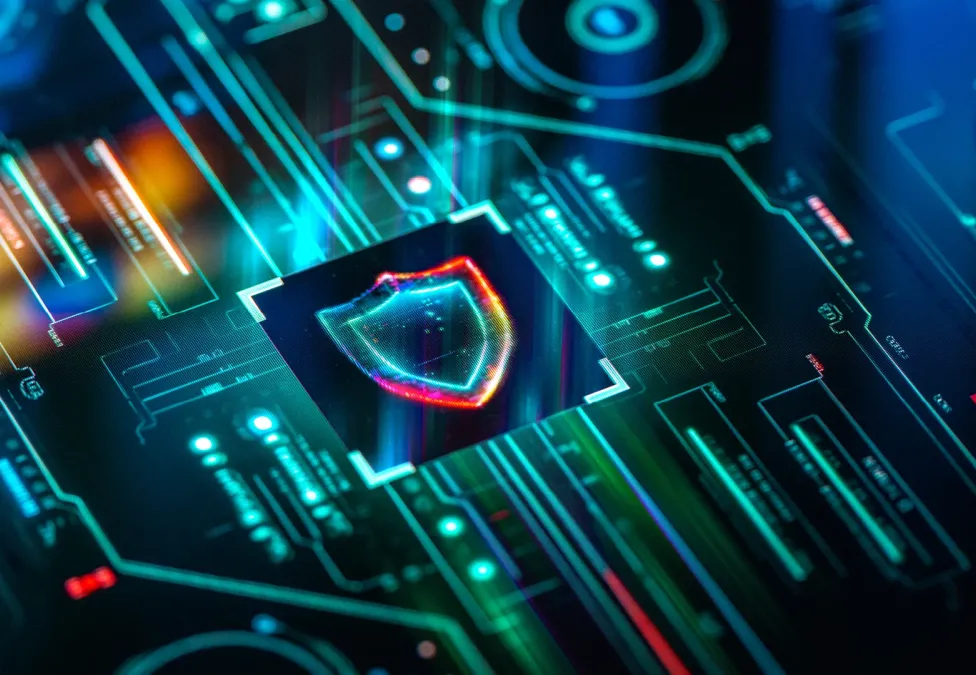
As we approach the upcoming US presidential election, the deepfake of Barack Obama crafted by Jordan Peele, as reported in Vox, serves as a reminder of the potential concerns presented by deepfakes. Deepfakes are sophisticated digital forgeries created using artificial intelligence to manipulate or generate visual and audio content with a high degree of realism. Between 2022 and the first half of 2023, deepfakes as a proportion of content in the US increased almost 13x from 0.2 percent to 2.6 percent, according to Sumsub research.
Today, top AI experts are “completely terrified” that the upcoming presidential race will involve a “tsunami of misinformation,” Fortune reports. Some believe that the ease with which deepfakes can blur the lines between truth and fiction could be a fundamental threat to democracy. This escalating situation underscores the grave risk that AI-generated deepfakes pose in influencing public opinion and jeopardizing our collective future.
In light of these concerns, I believe it is our shared responsibility to build emerging technologies responsibly by prioritizing the development of solutions that can counter or mitigate the potential risks or downsides of evolving tech. One emerging technology that could play a critical role in helping address this problem is blockchain technology. Public blockchains have several key features that make them uniquely positioned to establish the authenticity of content and information.
We should collectively commit to approaching emerging technologies with the resolve to shape a shared future.
-
Network Security and Immutability: Public blockchains can provide extremely high levels of network security due to no single point of failure. Importantly, this can allow for an immutable and tamper-resistant record, ensuring that content is recorded and cannot be manipulated.
-
Transparency: A public blockchain records information in a manner that is time-bound and transparent to all. As a result, there is no gatekeeping: Any person can verify the validity of information—who created what and when—as a source of truth.
-
Decentralization: Because a public blockchain is decentralized, it does not need to rely on a privileged decision-maker or centralized actor. This reduces the risks of manipulation or arbitrary decision-making over what content is valid or not.
Today, blockchains have already proven that they can verify authenticity. Take, for example, a digital piece of artwork as a non-fungible token (NFT). Because this digital artwork resides on a public blockchain, any person can verify its creator and owner, as well as distinguish its uniqueness versus, say, a screenshot or attempted replica. This concept of radical transparency and verification of authenticity can be applied to forms of media such as video, images, and text, illustrating its potential to help thwart deepfakes, as well.
This work is already underway. OpenAI Founder Sam Altman started Worldcoin in 2019 to address the rising influence of AI bots online. Worldcoin is a blockchain-based identity protocol (on the Ethereum network) that aims to provide humans with a digital WorldID based on their unique biometric features. By verifying one's “proof of humanity,” the WorldID system can distinguish humans from bots. We could see a future where an identity system like this is used to digitally sign content on the blockchain, verifying the owner of every piece of content. Other projects building blockchain-based solutions include Irys, Numbers Protocol, and Atem, among many others.
As the influence of AI on society continues to grow, so too will generated content and deepfakes. In the future, Harvard experts predict that more than 90 percent of content online will be AI-generated. To safeguard our shared future from the societal threat of deepfakes, it is imperative to explore and implement new innovative solutions. Public blockchains are built, run, and owned by their collective users. Its inherent properties of network security, transparency, and decentralization present a promising avenue to address this pressing issue.
Still, challenges remain both in terms of the technical development and large-scale adoption of these projects. There isn’t an easy fix.
As we progress, we should collectively commit to approaching emerging technologies with the resolve to collaboratively shape a shared future that upholds the principles of truth, integrity, and transparency.













